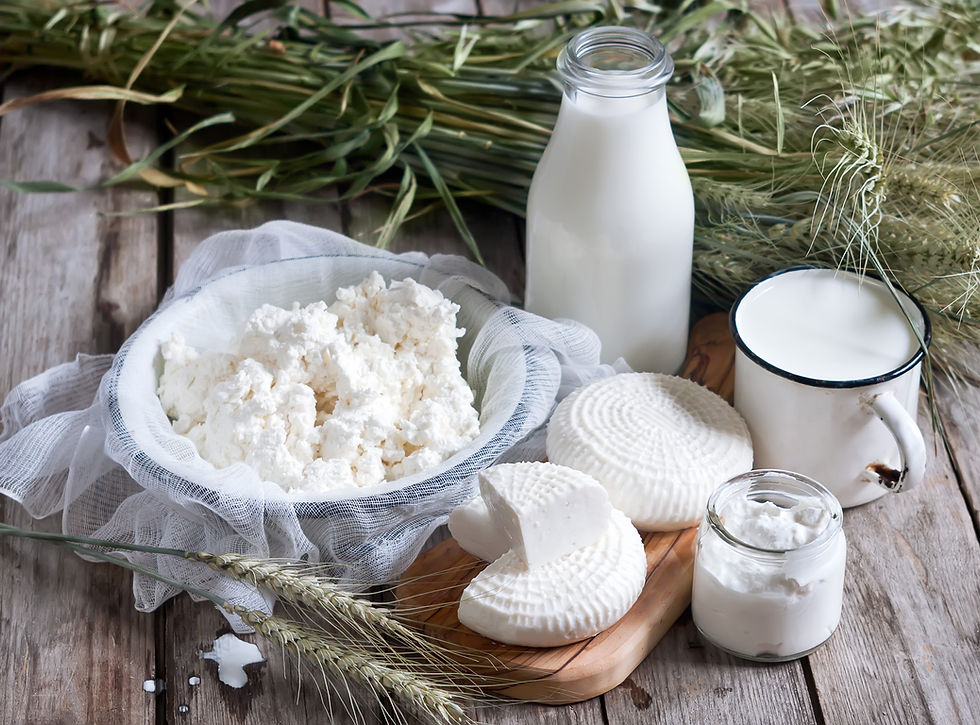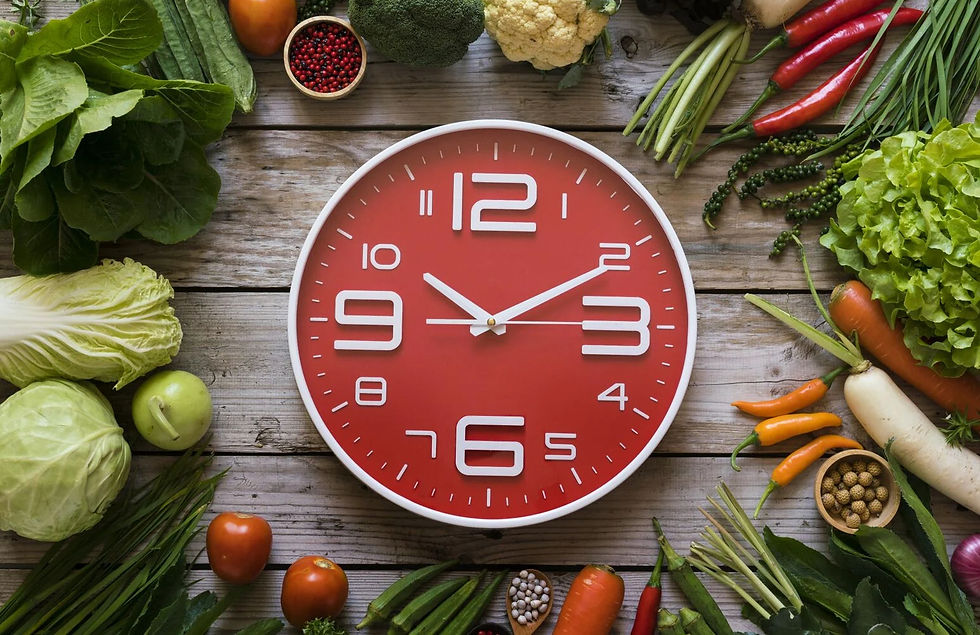Vitamin D(o's and Don'ts)
- Hridaan

- Jun 16
- 3 min read
Everyone’s heard that Vitamin D is important and spending more time in the sun is good. But why exactly? This article will explore the benefits of Vitamin D, what happens when the body doesn’t get enough of it, and where it comes from.
What is Vitamin D?
Vitamin D is a fat-soluble nutrient that can be consumed either through various food sources or produced when one's skin is exposed to sunlight. The “sunshine vitamin” is important for maintaining bone health, calcium levels, and immune system function (Vitamin D, 2025). Unlike most vitamins, Vitamin D acts like a hormone. Once in the body, it is activated in the liver and kidneys and travels to the bloodstream to various organs like the brain and intestines to regulate bodily functions (Ellison & Moran, 2020).

Dangers Of a Lack of Vitamin D
According to the NIH, from 2001 to 2008, 40.9% of Americans had a Vitamin D deficiency. An additional 24.6% had a Vitamin D2 deficiency (Cui et al., 2022).
Vitamin D deficiency in America is due to modern lifestyle habits and diets. Generally, more people are spending more time indoors and are eating more processed, nutrient-lacking foods.
Playing a role in a variety of crucial processes, a lack of Vitamin D has many impacts especially during childhood and adolescence when the body is rapidly growing. Deficiency in vitamin D can cause rickets in children (also called osteomalacia in adults). Rickets is characterized by softer bones that are more prone to fractures. Other harms of insufficient vitamin D are weakened immune system issues in mood regulation (like Seasonal Affective Disorder), and increased inflammation (Vitamin D Deficiency, 2022).

Food Sources with Vitamin D
A great way to avoid vitamin D deficiency is to have a good diet rich in Vitamin D. There are many foods naturally packed with the vitamin, including fish, egg yolks, and beef liver. In addition to these, there are vegetarian options fortified in Vitamin D such as plant-based and cow milk, cereals, and tofu (7 Vitamin D Foods, 2023). Besides having a diet sufficient in vitamin D, supplements are also another way for people to intake vitamin D. There are many foods rich in Vitamin D, making it easy to reach the recommended daily value while still enjoying a varied diet.

Key Takeaways
It is important for the body to have enough Vitamin D because of how many of the vital processes it impacts. The three main ways to get Vitamin D are through the sun, food, and supplements. The easiest way to produce Vitamin D is naturally through the sun, but depending on the location, season, and amount of melanin, vitamin D acquisition can vary from person to person. Thus, a consistent diet or taking supplements guarantees Vitamin D sufficiency throughout the year.
References
Cesari, M., Incalzi, R. A., Zamboni, V., & Pahor, M. (2011). The Vitamin D Hormone: A Multitude of Actions Potentially Influencing the Physical Function Decline in Older Persons. Geriatrics & Gerontology International, 11(2), 133–142. https://doi.org/10.1111/j.1447-0594.2010.00668.x
Cui, A., Xiao, P., Ma, Y., Fan, Z., Zhou, F., Zheng, J., & Zhang, L. (2022). Prevalence, trend, and predictor analyses of vitamin D deficiency in the US population, 2001–2018. Frontiers in Nutrition, 9, 965376. https://doi.org/10.3389/fnut.2022.965376
Ellison, D. L., & Moran, H. R. (2021). Vitamin D: Vitamin or Hormone? The Nursing Clinics of North America, 56(1), 47–57. https://doi.org/10.1016/j.cnur.2020.10.004
Khazai, N., Judd, S. E., & Tangpricha, V. (2008). Calcium and Vitamin D: Skeletal and Extraskeletal Health. Current Rheumatology Reports, 10(2), 110–117. https://doi.org/10.1007/s11926-008-0020-y
Office of Dietary Supplements—Vitamin D. (n.d.). Retrieved June 14, 2025, from https://ods.od.nih.gov/factsheets/VitaminD-HealthProfessional/
Rickets: All You Wanted to Know. (n.d.). Apollo Hospitals. Retrieved June 14, 2025, from https://www.apollohospitals.com/corporate/diseases-and-conditions/rickets-all-you-wanted-to-know/
Seasonal Affective Disorder—National Institute of Mental Health (NIMH). (n.d.). Retrieved June 14, 2025, from https://www.nimh.nih.gov/health/publications/seasonal-affective-disorder
Vieth, R. (2004). Why “Vitamin D” is not a hormone, and not a synonym for 1,25-dihydroxy-vitamin D, its analogs or deltanoids. The Journal of Steroid Biochemistry and Molecular Biology, 89–90, 571–573. https://doi.org/10.1016/j.jsbmb.2004.03.037
Vitamin D Deficiency: Causes, Symptoms & Treatment. (n.d.). Cleveland Clinic. Retrieved June 14, 2025, from https://my.clevelandclinic.org/health/diseases/15050-vitamin-d-vitamin-d-deficiency
_edited.png)



Comments